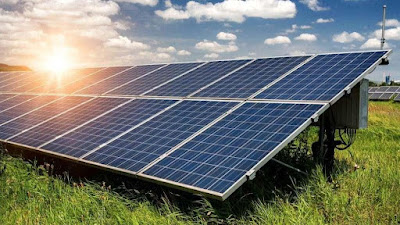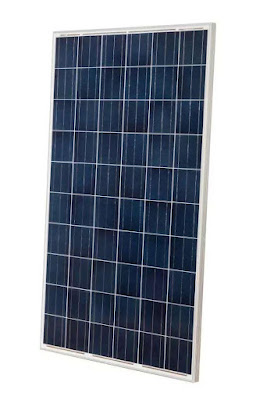Solar photovoltaic systems are fast becoming an inexpensive, low-carbon technology for harnessing the sun's renewable energy. This article lists the top ten solar energy producing countries in the world in detail.

1st: Germany, 38,250 MW Solar Energy
Germany's 1.5 million photovoltaic installations provide 40 gigawatts of power generation capacity. Since solar power can only provide 940 equivalent full-load hours of electricity per year, high capacity in Germany currently accounts for 7.5% of national electricity consumption, while nuclear power generation accounts for 14%. But solar power has particular advantages over nuclear power, not requiring long-distance transmission to serve local markets.
2nd: China, 28,330 MW Solar Power
China is the world's largest photovoltaic and solar thermal market. China has long been the world's leading solar PV installer. In 2015, China became the world's largest producer of photovoltaic power, surpassing Germany. By the end of 2016, PV capacity had increased to more than 77.4 GW. Solar hot water heating has also expanded significantly, with a total installed capacity of 290 GW.
3rd: Japan, 23,409 MW Solar Power
Solar PV's share of Japan's electricity generation rose from just 2.7% in 2015 to 4.3% in 2016, according to Forbes. In the second half of 2016, solar's contribution to Japan's energy mix soared, accounting for more than 5% of all electricity generation. In 2016, all renewable energy accounted for 14.2% of total electricity generation.
4th Italy, 18,662 MW Solar Power
The Montalto di Castro photovoltaic power station is the largest photovoltaic power station in Italy. In recent years, Italy's solar power generation has grown rapidly, making it one of the world's largest producers of solar energy. In 2013, solar power accounted for 7% of Italy's electricity generation, and the proportion is expected to double by 2030.
5th United States: 18,317 MW Solar Energy
The U.S. solar market nearly doubled its annual performance in 2016, deploying 14,626 MW of solar PV capacity, a 95% increase from the 7,493 MW deployed in 2015. GTM Research and the Solar Energy Industries Association (SEIA) released this data forecast ahead of the release of the U.S. Solar Market Insights report.
6th France, 5,678 MW Solar Power
By 2023, France's solar power capacity will continue to expand, reaching 18-20 GW. By the end of 2015, after adding 879 megawatts of capacity to the distribution network, the cumulative photovoltaic power generation capacity reached 6,549 megawatts. As of 2016, the largest project completed is the 300 MW Kistas Solar Park.
7th Spain, 5,376 MW Solar Engery
The Spanish solar market accounts for about 5% of the global PV market. Growth in the Spanish market has slowed in recent years. This slowdown can be explained by the end of all solar subsidies in 2012. In 2020, Spain's solar power capacity is 8,367 MW. With more than 5 gigawatts of capacity already installed, Spain only needs to add 400 megawatts of solar capacity per year to reach the target.
8th Australia, 4,130 MW Solar Power
As of January 2017, Australia had installed more than 5,700 MW of photovoltaic solar power, of which 763 MW had been installed in the past 12 months. From 2014 to 2015, photovoltaic power generation accounted for 2.4% of the national electric energy. PV installed capacity in Australia increased tenfold between 2009 and 2011, and tripled between 2011 and 2016.
9th Belgium, 3,156 MW Solar Power
Belgium is one of the largest solar generators in the world. In 2013, solar power in Belgium accounted for 7% of total electricity and is expected to double by 2030. As of April 2016, Belgium had the fifth largest installed solar PV capacity in the world. From 2009 to 2013, PV nameplate capacity deployment surged, increasing nearly 15-fold.
10th South Korea, 2,398 MW Solar Engery
Recently, the South Korean government launched a plan to invest 3.7 trillion won to develop renewable energy industries such as solar, wind power and eco-friendly power plants by 2020. According to the plan, the new renewable energy power plant will produce 13 million kilowatts of electricity per year, equivalent to the power output of 26 coal-fired power plants across the country.




No comments:
Post a Comment